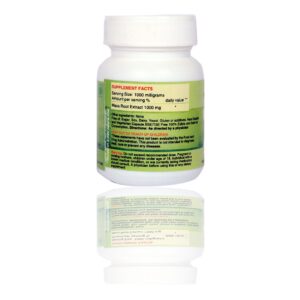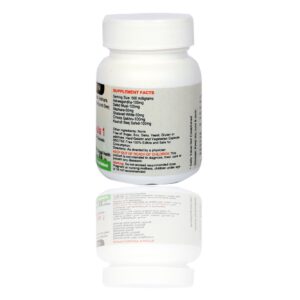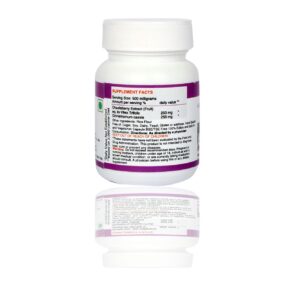This is a group of tests and health factors that have been proven to indicate your chance of having a cardiovascular event such as a heart attack or stroke. They have been refined to indicate the degree of risk: borderline, intermediate, or high risk.
LIPOPROTEIN (A) [LP(A)]
Determination of LP(a) may be useful to guide management of individuals with a family history of CHD or with existing disease. the levels of LP(a) in the blood depends on genetic factors; the range of variation in a population is relatively large and hence for diagnostic purpose, results should always be assessed in conjunction with the patient’s medical history, clinical examination and other findings.
HOMOCYSTEINE:
Homocysteine is linked to increased risk of premature coronary artery disease, stroke and thromboembolism. Moreover, alzheimer’s disease, osteoporosis, venous thrombosis, schizophrenia, cognitive deficiency and pregnancy complications also elevates homocysteine levels.
HIGH SENSITIVITY C-REACTIVE PROTEIN (HS-CRP)
HS-CRP measurements may be used as an independent risk marker for the identification of individuals at risk for future cardiovascular disease. elevated CRP values may be indicative of prognosis of individuals with acute coronary syndromes, and may be useful in the management of such individuals.
APOLIPOPROTEIN
To determine whether or not you have an adequate level of apo A-I, especially if you have a low level of high-density lipoprotein (HDL-C), and to help determine your risk of developing cardiovascular disease (CVD
To help evaluate your risk of developing cardiovascular disease (CVD); sometimes to help monitor treatment for high cholesterol or to help diagnose a rare inherited apolipoprotein B (apo B) deficiency
LIPID PANEL TYPICALLY INCLUDES:
Total Cholesterol—measures all the cholesterol in all the lipoprotein particles
High-Density Lipoprotein Cholesterol (HDL-C)—measures the cholesterol in HDL particles; often called “good cholesterol” because HDL-C takes up excess cholesterol and carries it to the liver for removal.
Low-Density Lipoprotein Cholesterol (LDL-C)—calculates or measures the cholesterol in LDL particles; often called “bad cholesterol” because it deposits excess cholesterol in walls of blood vessels, which can contribute to atherosclerosis. Usually, the amount of LDL-C is calculated using the results of total cholesterol, HDL-C, and triglycerides.
Triglycerides—measure all the triglycerides in all the lipoprotein particles; most is in the very low-density lipoproteins (VLDL).
Very Low-Density Lipoprotein cholesterol (VLDL-C)—calculated from triglycerides/5; this formula is based on the typical composition of VLDL particles.
Non-HDL-C—calculated from total cholesterol minus HDL-C
Cholesterol/HDL ratio—calculated ratio of total cholesterol to HDL-C
Low-density lipoprotein particle number or concentration (LDL-P). This test measures the number of LDL particles, rather than measuring the amount of LDL-cholesterol. It is thought that this value may more accurately reflect heart disease risk in certain people.
Screening test includes:
Diabetic, liver, kidney, iron deficiency, hemogram which shows blood cells counts.









